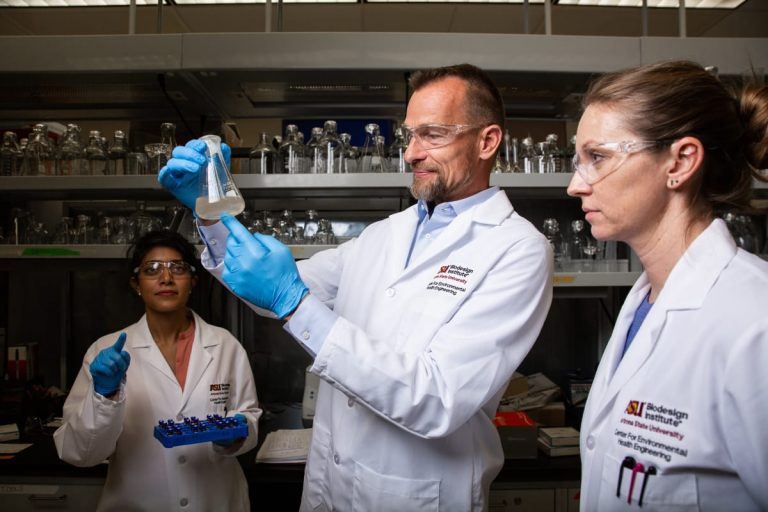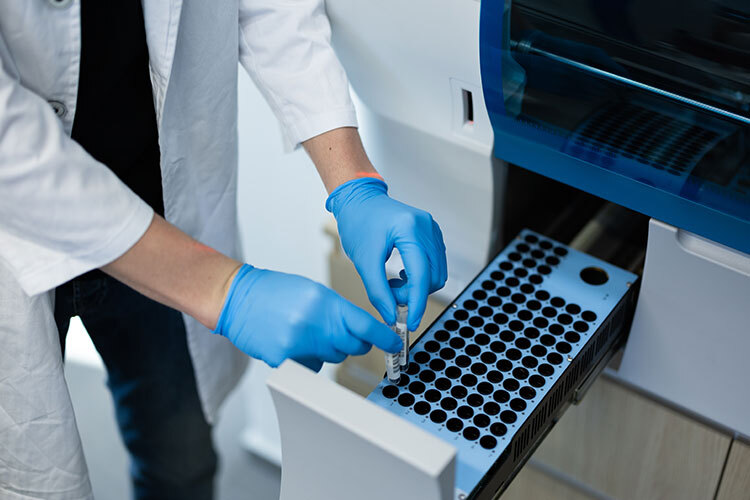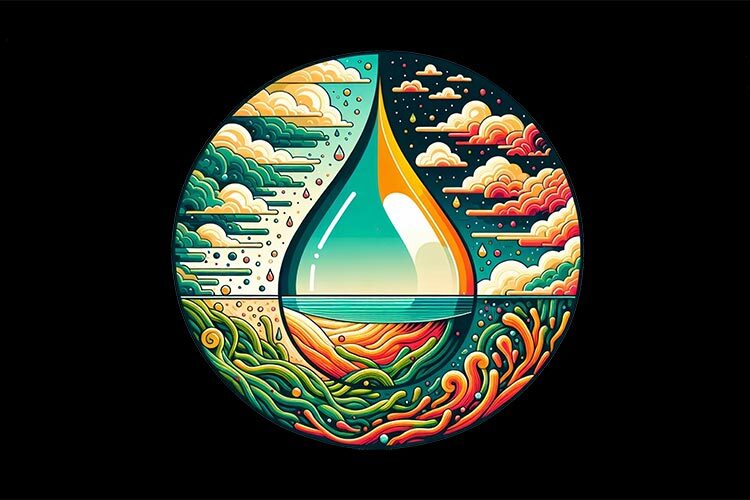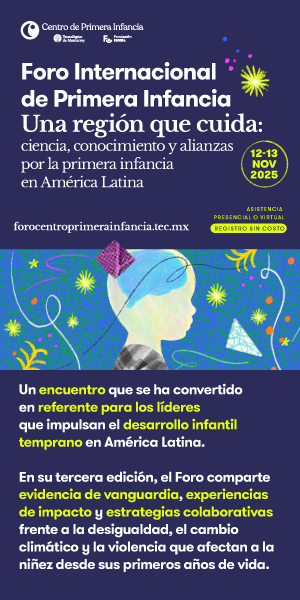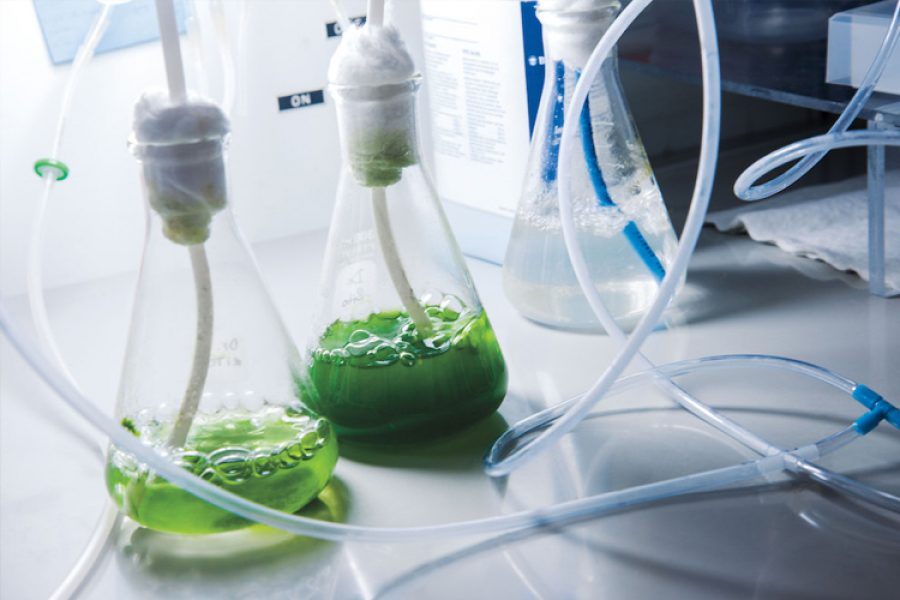Two Mexican researchers have set themselves the task of converting carbon dioxide (CO2) emissions into methanol, which would simultaneously mitigate several pollution problems and bring benefits to certain industrial sectors and the population, as well as improve people’s quality of life.
There are currently two ways of reducing the carbon emissions that affect the environment: capturing CO2 and converting the compound, although these are ideally part of a single process, explains Carolina Orona from the Institute of Advanced Materials for Sustainable Manufacturing.
This research by Orona and Alejandro Montesinos-Castellanos focuses on using thermocatalysis to convert CO2 directly into methanol, a compound that can be used both as a fuel and to produce other chemical products.
Usually, CO and H2 from fossil resources are mixed together in large-scale production of methanol. However, directly transforming CO2 into methanol is a more attractive way of reducing emissions.
“It’s a global issue that’s already at the top of agendas around the world, especially since the Paris Agreement, which is where this need to reduce emissions comes from. However, you have to understand that this problem can’t be attacked from a single perspective: we need to add to these action plans,” said the researcher.
How Can You Turn CO2 into a Biofuel?
Orona’s team proposes a CO2 conversion process that uses a material made of copper, cerium oxide, and magnesium oxide that is activated in a commercial continuous flow reactor. They control temperature and pressure inside the reactor while pumping in CO2 and H2, which is key to the reaction.
This direct control enables thermocatalysis and the recovery of products such as methanol.
Orona explains that although this technology is already being used in certain parts of the world like Iceland, there are still challenges due to the need for more economical reactor designs and catalysts to make the process more efficient.
“Our next step would be electrocatalysis, as this type of process requires energy that can be obtained from renewable sources and can be applied to CO2 conversion, hydrogen production, and even the removal of pollutants,” said Orona.
Nanomaterials for Treating Wastewater
Converting CO2 into biofuel with thermocatalysis is the product of Orona’s original research on the use of advanced nano and micro materials to decontaminate wastewater.
Orona noted that conventional water treatment methods barely eliminated a small part of the chemical and pharmaceutical pollutants present in the aquatic environment.
After several experiments, Orona found that they needed to use titanate nanotubes to improve the performance of materials in the water and achieve the adsorption of organic pollutants.
They therefore researched the photocatalytic activity of different materials based on the chemical element of bismuth, which would enable light sources to activate the modified material in the water (in the form of recoverable pellets).
Her doctoral thesis titled Synthesis, Characterization, and Application of Micro and Nanomaterials for the Removal of Organic Contaminants in Ground and Wastewaters earned Carolina Orona the COMEPO 2023 award for innovation and social impact in Mexico.
As part of their stay in Finland, the researchers also discovered that the catalysts not only helped to degrade pollutants but also inhibited the growth of pathogenic microorganisms.
“This research partially fed into what we’re seeking today with the CO2 conversion process, from the type of catalysis that best suits this process to the way in which we recover the remaining material”, explains Orona.
Access and Scaling Technology Are the Next Steps
According to Orona, the results of the research will inform them about the potential and viability of this technology for converting CO2 into methanol as a suitable decarbonization method in the cement industry, for example.
One priority is determining the conditions and equipment necessary for the process to be replicated and adopted by other industries that generate gases from fuel and thus achieve a greater impact on reducing emissions.
“These types of breakthroughs in the technology mean we can treat both water and CO2 under more similar processes”, explained Carolina.
Orona also highlights how access to this type of conversion of pollutants to valuable products such as biofuel will benefit both the industrial sector and local communities due to the possible generation of jobs and specialized human resources.
Did you find this story interesting? Would you like to publish it? Contact our content editor to learn more at marianaleonm@tec.mx



